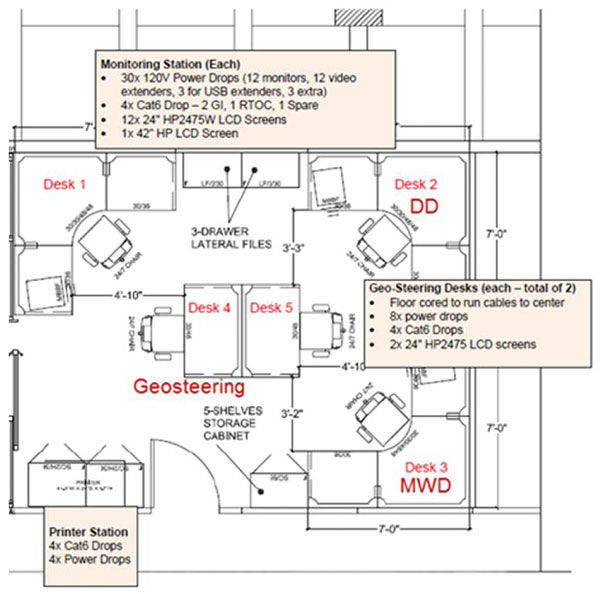Owner's Manuals Select a vehicle type, model year and model of vehicle below to view and download the vehicle owner's manual. Brand Select a brand ATV or Youth PRO XD Polaris Power Indian GEM Personal Watercraft Ranger RZR Side-by-side Slingshot Snowmobiles Timbersled Victory Motorcycles. The rotary steering system described here operates on the priciple of the application of a sideforce in a similar way to the non-rotating systems described before. However, in these systems it is also possible to rotate the drillstring even when drilling directionally.
.The work presents a consistent decision support system for real-time geosteering decisions.The DSS embeds consistent uncertainty quantification and decision-making process to derive unbiased high-quality decisions.The DSS is illustrated with a model for azimuthal EM measurements but can be extended to an arbitrary number of logs.The system demonstrated automatic choice of target, landing, and navigation of the well in a layer-cake geology.In synthetic statistical tests, the system-advised decisions achieve more than 60% of the theoretically possible well value. Geosteering is a sequential decision process under uncertainty. The goal of geosteering is to maximize the expected value of the well, which should be defined by an objective value-function for each operation.In this paper we present a real-time decision support system (DSS) for geosteering that aims to approximate the uncertainty in the geological interpretation with an ensemble of geomodel realizations. As the drilling operation progresses, the ensemble Kalman filter is used to sequentially update the realizations using the measurements from real-time logging while drilling. Super collapse 2 for mac. At every decision point a discrete dynamic programming algorithm computes all potential well trajectories for the entire drilling operation and the corresponding value of the well for each realization. Then, the DSS considers all immediate alternatives (continue/steer/stop) and chooses the one that gives the best predicted value across the realizations.
This approach works for a variety of objectives and constraints and suggests reproducible decisions under uncertainty. Moreover, it has real-time performance.The system is tested on synthetic cases in a layer-cake geological environment where the target layer should be selected dynamically based on the prior (pre-drill) model and the electromagnetic observations received while drilling. The numerical closed-loop simulation experiments demonstrate the ability of the DSS to perform successful geosteering and landing of a well for different geological configurations of drilling targets. Furthermore, the DSS allows to adjust and re-weight the objectives, making the DSS useful before fully-automated geosteering becomes reality. Previous article in issue.
Next article in issue.
Directional drilling control technology has been lagging behind other technical advances that led to the tremendous growth in horizontal drilling in North American shale plays. The most significant directional drilling problem identified has been the inability to consistently follow a prescribed well path and to hit and stay within the targets identified collectively by the company’s geologists, geophysicists, and engineers.
FluentU uses a natural approach that helps you ease into the Spanish language and culture over time. You’ll learn Spanish as it’s actually spoken by real people.FluentU has a wide variety of videos—topics like soccer, TV shows, business, movies and even magical realism, as you can see here:FluentU brings native videos within reach with interactive transcripts. You can tap on any word to look it up instantly. Every definition has examples that have been written to help you understand how the word is used. And One More ThingIf you like learning useful Spanish lessons like these, then you’ll love FluentU.FluentU takes real-world videos like music videos, commercials, news, and inspiring talks and turns them into Spanish learning experiences.Other sites use scripted content. A with the accent mark.
In an attempt to stay on a defined path, directional drillers often fail to properly compensate for variations in rotary walk and build, effective formation stresses, motor yields, hydrocarbon production potential, and tortuosity risks. There are, in fact, too many rapidly changing variables for the directional driller to consider and react to in real-time.

Attempts to compensate for deviations from the plan have often lead to increased tortuosity of the final wellbore, missed reservoir, sidetracks, or unnecessary bit trips. The consequences of excess tortuosity include increased drilling times, increased stress on downhole equipment leading to tool failures, future problems in running completion hardware, an overall reduction in total recovered hydrocarbons, and future production problems such as unanticipated high water production or liquid hold-up in low spots along the lateral section of the wellbore.
MOTIVE® Drilling Technologies has addressed these problems with the MOTIVE® Bit Guidance System, the industry’s first use of cognitive computing to guide the directional drilling process which considers all costs to the asset and the economic consequences of directional drilling decisions.